How to Convert Batch Scripts (BAT) to Executable Files (EXE)
Have you ever written a batch script to automate tasks on your computer—like clearing temporary files—and wished you could turn it into a simple, professional-looking executable file? Maybe you want to share your script with colleagues who aren’t comfortable using the command line, or you need an easier, more secure way to distribute your tool without exposing your source code.
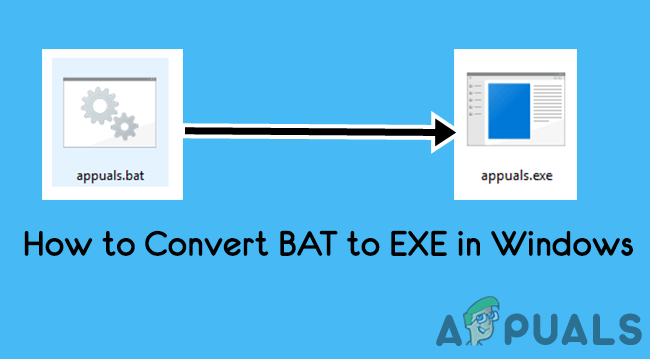
Whether you’re automating network diagnostics, creating system maintenance tools, or simply looking to make your scripts more user-friendly, this guide will walk you through easy methods to convert your batch scripts (BAT) into convenient, professional executable files (EXE).
1. Use IExpress
IExpress.exe is a built-in setup creation tool in Windows. It helps you create a single, self-extracting package from your files. You can use it to turn a batch script (BAT) into an executable file (EXE).
Note: IExpress.exe comes pre-installed with Windows, so there’s nothing extra to download.
- Press Win + R to open the Run dialog.
- Type iexpress and press Enter to open the IExpress Wizard.
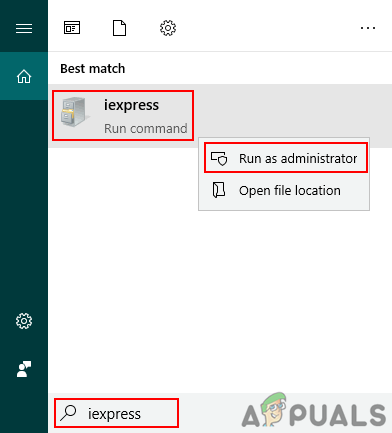
Opening iexpress.exe as an admin - Select Create new Self Extraction Directive file and click Next.
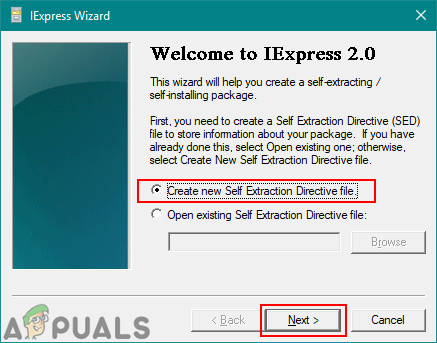
Selecting “Create New SED” - Choose Extract files and run an installation command, then click Next.
- Enter a name for your package and click Next.
- Select No prompt, then click Next.
- Select Do not display a license, then click Next.
- Click Add and select your .BAT file, then click Next.
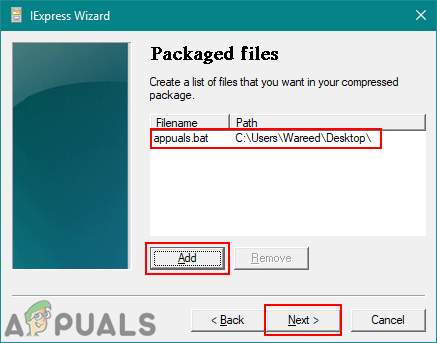
Adding the batch script - In the Install Program field, enter the following command (replace your_batch_file.bat with the name of your batch file):
cmd /c your_batch_file.bat
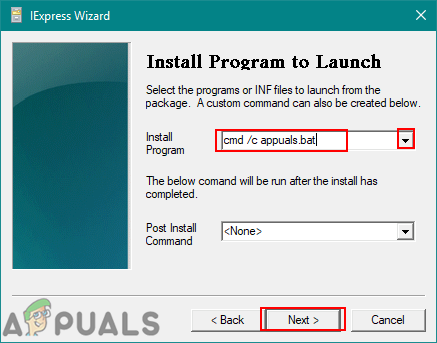
Adding command in front of the file name - Click Next on both the Show Window and Finished message screens. Then, set the path and file name where you want to save your package.
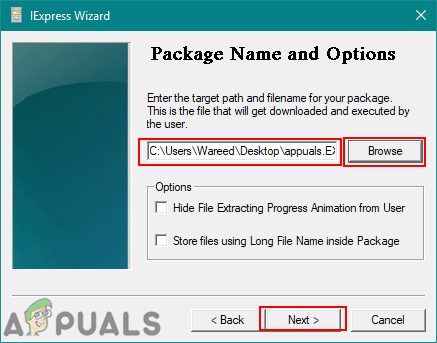
Providing the path and file name for saving - Click Next through the Configure Restart, Save SED, and Create Package screens. Finally, click Finish.
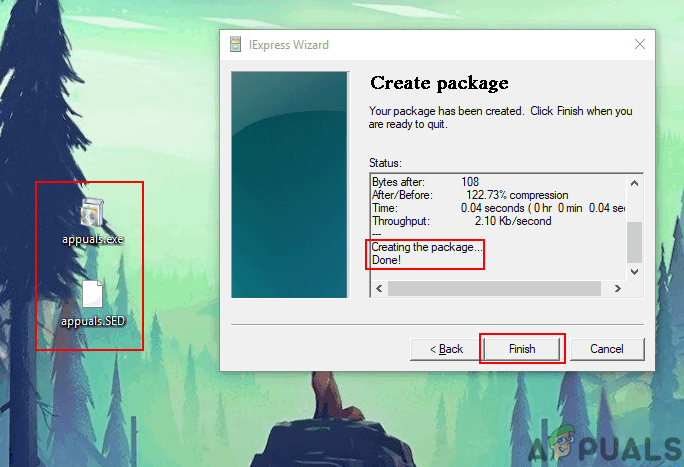
Files successfully created - Go to the folder where you saved your files. You’ll see two files: an EXE file and an SED file. Double-click the EXE file to run it.
2. Use BAT to EXE Converter
If you find Method 1 a bit complicated, you can use a third-party tool designed for this specific conversion. BAT to EXE Converter is a popular and easy-to-use software for turning batch scripts into executable files.
- Open your browser and visit the BAT to EXE Converter page. Download the tool and install it by following the setup instructions.
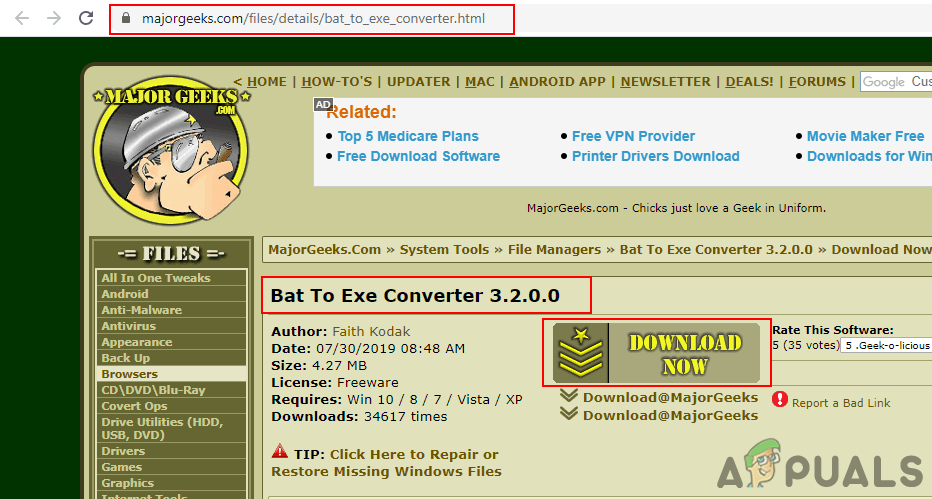
Downloading BAT to EXE Converter - After installation, launch BAT to EXE Converter. Click the Open icon at the top-left. Find your batch script file, select it, and click Open.
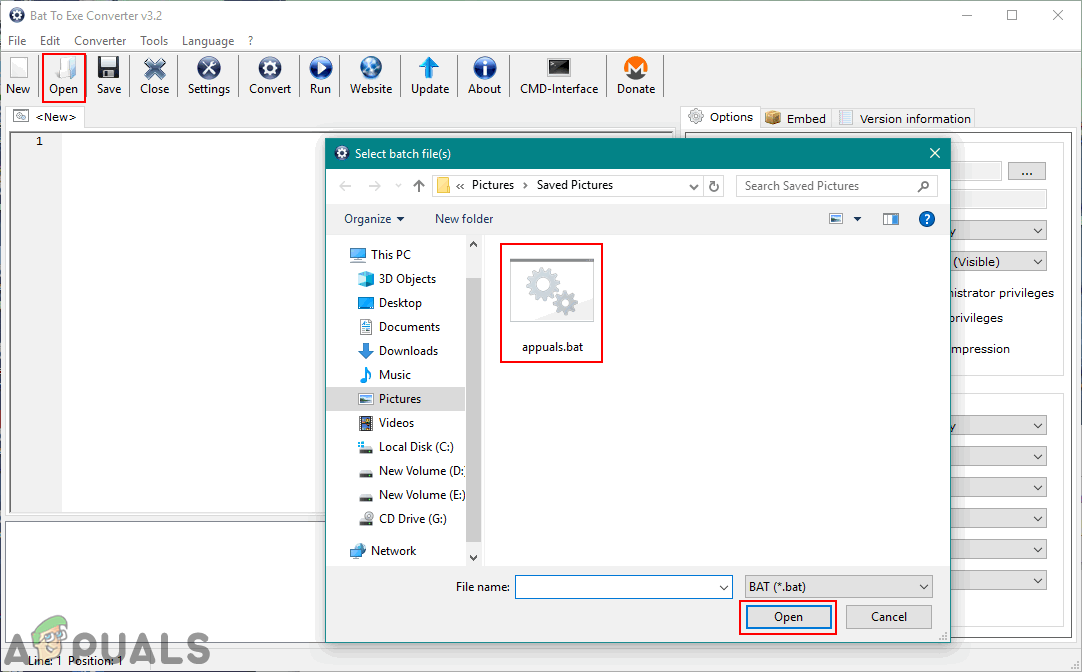
Opening the batch script in BAT to EXE Converter - Click the Convert icon at the top. You’ll be prompted to choose a name and location for your new EXE file. Pick a save location and click Save.
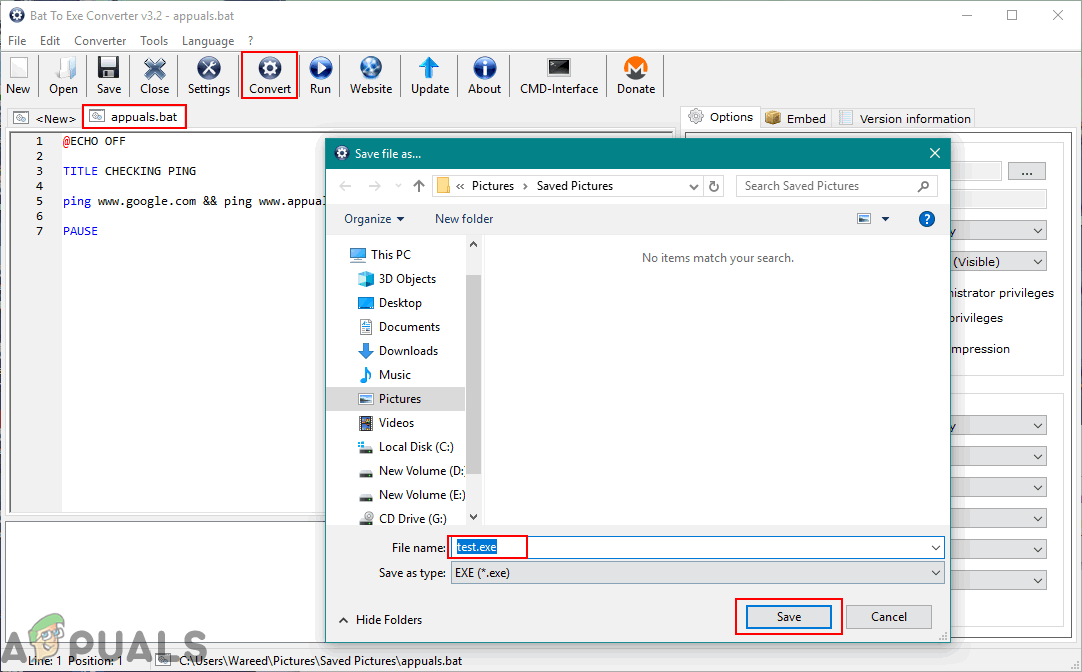
Converting and saving the EXE file - When the process is done, you’ll find a brand-new executable (EXE) file that works just like your batch script.
3. Use Advanced BAT to EXE Converter
This tool is different from the one in Method 2 (despite the similar name). It’s created by a different developer and offers some extra features that can make your batch script conversion even easier.
- Download and Install Advanced BAT to EXE Converter.
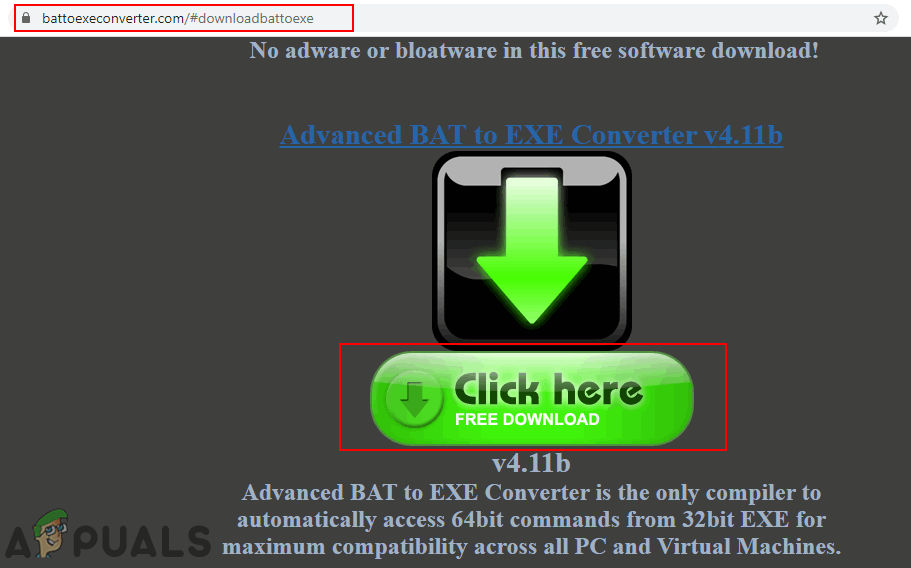
- Press the Windows key and type Advanced BAT to EXE in the search bar. Click to open the application.
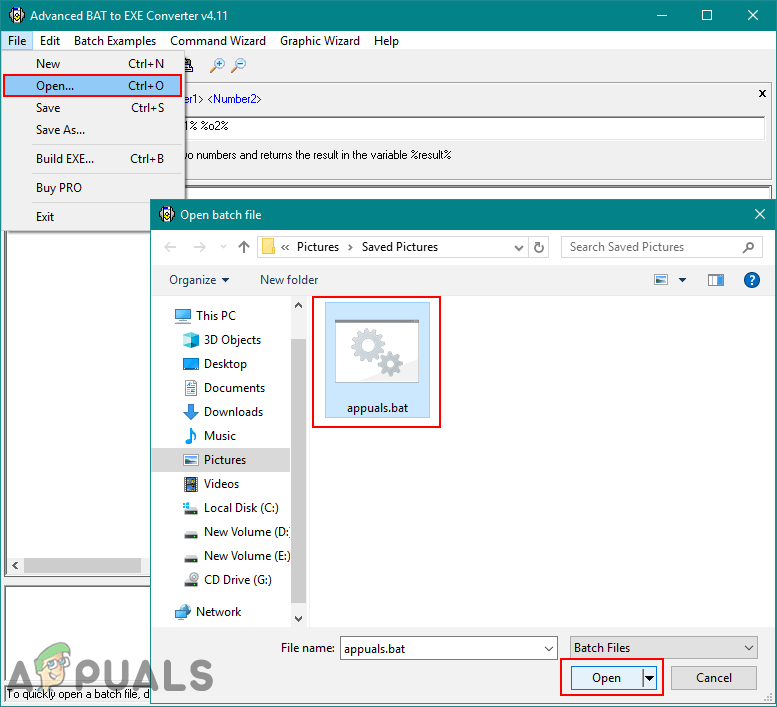
- Go to the File menu and select Open. Browse for your batch script file, select it, and click Open.
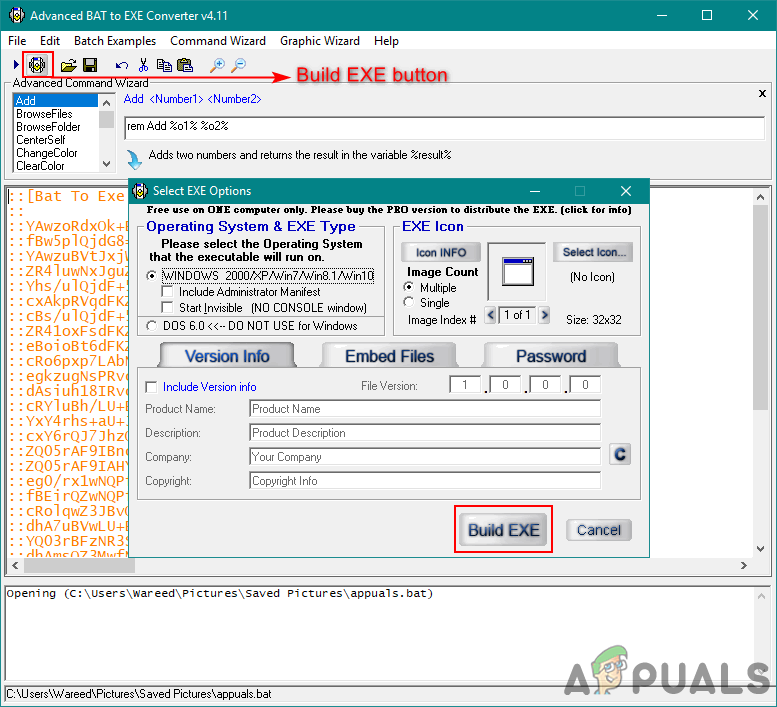
- Click the Build EXE icon under the menu bar. In the window that pops up, click the Build EXE button.
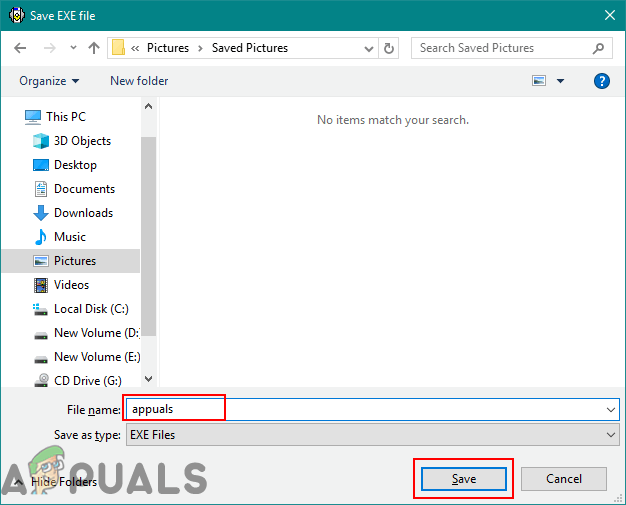
- Enter a name for your EXE file, then click Save.
- Double-click your new EXE file to open and test it.
There are other tools that can help you convert BAT files to EXE as well. For example, BAT 2 EXE can convert all the batch scripts in a folder at once, just by selecting that folder. This tool also lets you add an Administrator manifest if your script needs to run with elevated permissions.





